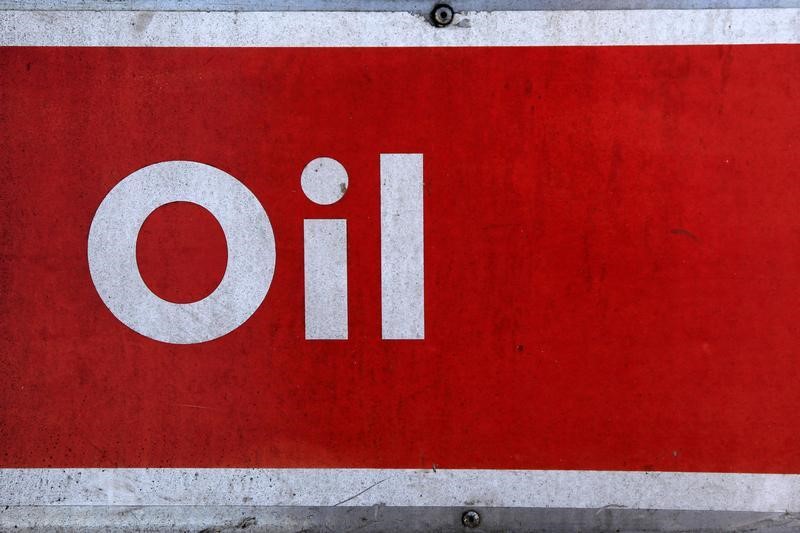Investing.com - Crude prices were quoted weaker in Asia on Thursday with rig count figures by Baker Hughes at the end of the week to set the tone.
On the New York Mercantile Exchange crude futures for September delivery eased 0.20% to $49.49 a barrel, while on London's Intercontinental Exchange, Brent fell 0.06% to $52.31 a barrel.
The rig count figures are a proxy for U.S. shale oil output - with both the number of rigs drilling and output gaining steadily in the past year as prices hove around $50 a barrel.
Overnight, crude futures settled higher on Wednesday, as investors cheered data showing supplies of U.S. crude fell for the fifth-straight week while refinery activity continued to grow.
Crude prices recovered from a 2% plunge sustained the prior session, after a report from the Energy Information Administration (EIA) showed crude and gasoline stockpiles fell last week, pointing to an uptick in demand for crude and refinery activity.
Inventories of U.S. crude fell by roughly 1.5m barrels in the week ended July 28, below expectations of a draw of about 2.9m barrels. It was fifth-straight week of falling crude inventories.
Gasoline inventories, one of the products that crude is refined into, fell by roughly 2.5m barrels, confounding expectations of a draw of 636,000 barrels while distillate stockpiles fell by 150,000 barrels, compared to expectations of a decline of 525,000 barrels.
The mostly bullish report comes amid a hoppy start to the week for oil prices, following renewed investor skepticism over Opec’s ability to tackle the glut in supply after reports showed Opec production rose to a high for the year at 33 million barrels per day (bdp). That is despite the group’s pledge to increase compliance with the deal to cut production.
In May, Opec and non-Opec members agreed to extend production cuts for a period of nine months until March, but stuck to production cuts of 1.8 million bpd agreed in November last year.
